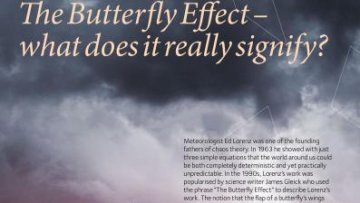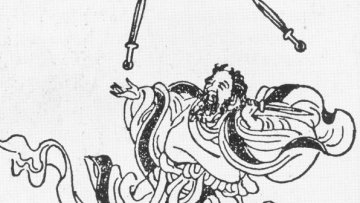Point-spread function reconstruction in ground-based astronomy
Abstract
Because of atmospheric turbulence, images of objects in outer space acquired via ground-based telescopes are usually blurry. One way to estimate the blurring kernel or point spread function (PSF) is to make use of the aberration of wavefront received at the telescope, i.e., the phase. However only the low-resolution wavefront gradients can be collected by wavefront sensors. In this talk, I will discuss how to use regularization methods to reconstruct high-resolution phase gradients and then use them to recover the phase and the PSF in high accuracy. I will end by relating the problem to high-resolution image reconstruction and methods for solving it.
Joint work with Rui Zhao and research supported by HKRGC.



